Early Clues to Chronic Kidney Disease in Cats
You scoop the litter box and notice bigger clumps than usual. Maybe your cat is visiting the water bowl more often or seems thinner, quieter, or less interested in food. These small shifts can be the earliest clues to chronic kidney disease (CKD)– a common, progressive condition that affects many aging cats.
At Southern Crossing Animal Hospital in Memphis, TN, we know how stressful it can be to see your cat’s habits change. Our AAHA-accredited team provides Fear Free concierge-style care that prioritizes both medical excellence and emotional comfort. With advanced diagnostics and personalized treatment, we help families detect kidney disease early and manage it with confidence.
Understanding Feline Kidney Disease
What Happens When the Kidneys Stop Working Properly
The kidneys do far more than filter waste- they regulate hydration, balance electrolytes, support red blood cell production, and maintain healthy blood pressure. When they begin to fail, toxins and metabolic waste accumulate in the bloodstream, impacting multiple body systems and leading to chronic kidney disease.
Chronic kidney disease progresses slowly, often taking months or years before visible signs appear. Studies estimate that 30–50% of cats over 15 develop some form of CKD, and middle-aged cats can also be affected.
Because cats can lose up to 75% of kidney function before symptoms emerge, regular screening through veterinary wellness care is vital- especially for aging pets. The International Renal Interest Society (IRIS) provides detailed staging guidelines that help veterinarians tailor diet, medication, and recheck intervals to each cat’s condition.
Early Signs You Shouldn’t Ignore
Cats are experts at masking discomfort, so early symptoms are often subtle and easy to miss:
- Increased thirst and urination – You may find yourself refilling the water bowl more often or cleaning out unusually large litter clumps.
- Weight loss and poor appetite – Toxin buildup causes nausea, making food less appealing.
- Vomiting – Nausea and gastritis make it difficult to keep down meals.
- Bad breath (uremic odor) – A sign that waste products are accumulating.
- Dull, greasy, or unkempt coat – Cats may groom less as they feel unwell.
- Behavioral changes – Some cats sleep more, hide, or seek cool surfaces like tile or sinks to feel better.
These signs typically appear after kidney disease has already advanced, when significant loss of function has occurred. Because cats often don’t show outward illness until that point, routine wellness visits with bloodwork and urinalysis are essential for early detection- at least once a year for adults and twice a year for senior cats. Regular screening helps identify subtle kidney changes before symptoms develop, allowing treatment to begin early and making long-term management far more effective.
Over time, these changes may progress to weakness, dehydration, or anemia as kidney function declines. If you notice even one of these signs, schedule an exam- early intervention can slow progression and restore comfort.
How We Diagnose Kidney Disease
Comprehensive Exams and Laboratory Testing
At Southern Crossing, we emphasize proactive, whole-pet care. During your cat’s visit, our veterinarians perform a full physical exam, assessing hydration, muscle tone, and kidney size. Screening bloodwork and urinalysis for cats over seven years old often reveal kidney changes long before symptoms appear.
Our diagnostic laboratory allows us to run chemistry panels that measure creatinine and BUN (blood urea nitrogen)- key waste indicators- and SDMA, an early marker that detects kidney disease before traditional tests. Urinalysis shows how well the kidneys concentrate urine and whether protein loss is occurring. Together, these results give us a complete picture of kidney function.
If needed, imaging such as X-rays or ultrasound helps identify structural changes, cysts, or stones that may contribute to the problem. Should your cat ever experience a sudden downturn, our emergency care services provide immediate stabilization and supportive treatment.
Ruling Out Other Conditions
Because multiple diseases can mimic CKD, part of diagnosis is eliminating look-alike causes. For instance, feline hyperthyroidism can create similar symptoms by increasing thirst, metabolism, and weight loss. Comprehensive testing ensures your cat’s care plan addresses all contributing factors.
Managing Chronic Kidney Disease
Nutrition and Hydration
A therapeutic renal diet forms the cornerstone of CKD management. Prescription kidney diets are lower in phosphorus and contain controlled, high-quality protein to reduce strain on the kidneys while supporting muscle maintenance. These diets are also enriched with omega-3 fatty acids, B-vitamins, and antioxidants to combat inflammation and promote overall organ health.
Hydration support is equally critical. Cats with CKD often produce large amounts of dilute urine, losing fluids faster than they can replace them. Offer multiple water sources, try a cat fountain, or add water or low-sodium broth to meals. For advanced cases, we can teach you how to give subcutaneous fluids at home, a simple technique that helps keep your cat hydrated and comfortable between visits.
Our team will work closely with you to adjust food texture, temperature, and feeding frequency to encourage consistent eating and minimize nausea.
Medical Management and Monitoring
Treatment for CKD focuses on stabilizing your cat’s system and preventing complications. Common strategies include:
- Blood pressure control – Managing hypertension protects both the kidneys and the heart.
- Phosphate binders – Reduce excess phosphorus that accelerates kidney damage.
- Anti-nausea or appetite medications – Improve eating and comfort.
- Anemia management – CKD can reduce red blood cell production, leading to weakness and pale gums.
Regular rechecks- every three to six months depending on disease stage- allow our team to monitor kidney values, electrolyte balance, and hydration. These follow-ups also give owners a chance to ask questions and adjust care plans as their cat’s condition evolves.
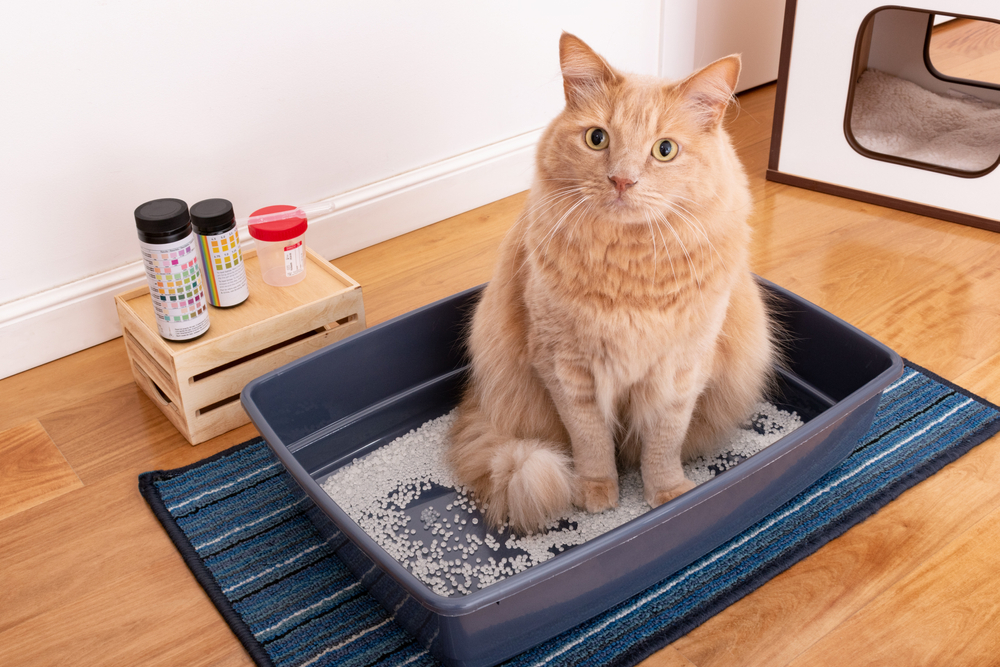
Our Concierge-Style Approach to Long-Term Care
At Southern Crossing Animal Hospital, we take a personalized, whole-health approach to kidney disease. Our comprehensive wellness care ensures all aspects of your cat’s health are supported- not just the kidneys.
Dental infections, for example, can increase inflammation and strain renal function. Routine dental care helps maintain appetite, prevent pain, and protect organ health.
Cats with chronic illness also benefit from low-stress visits. Our Fear Free environment features calm exam spaces, pheromone therapy, and gentle handling to keep cats relaxed during checkups and treatments.
As CKD advances, our hospice and end-of-life care services offer compassionate guidance for families, focusing on quality of life, comfort, and dignity in every stage.
Your Cat’s Comfort, Our Commitment
Chronic kidney disease can’t be cured, but with early detection, consistent care, and a strong partnership between your family and our veterinary team, many cats live happy, stable lives for years after diagnosis.
If your cat is drinking more, losing weight, or showing changes in behavior- or if it’s time for annual bloodwork- schedule a visit today.
Call (901) 452-3171 or request an appointment online.
At Southern Crossing Animal Hospital, we combine advanced medicine with heart, helping every cat enjoy their healthiest, most comfortable life- one gentle step at a time.



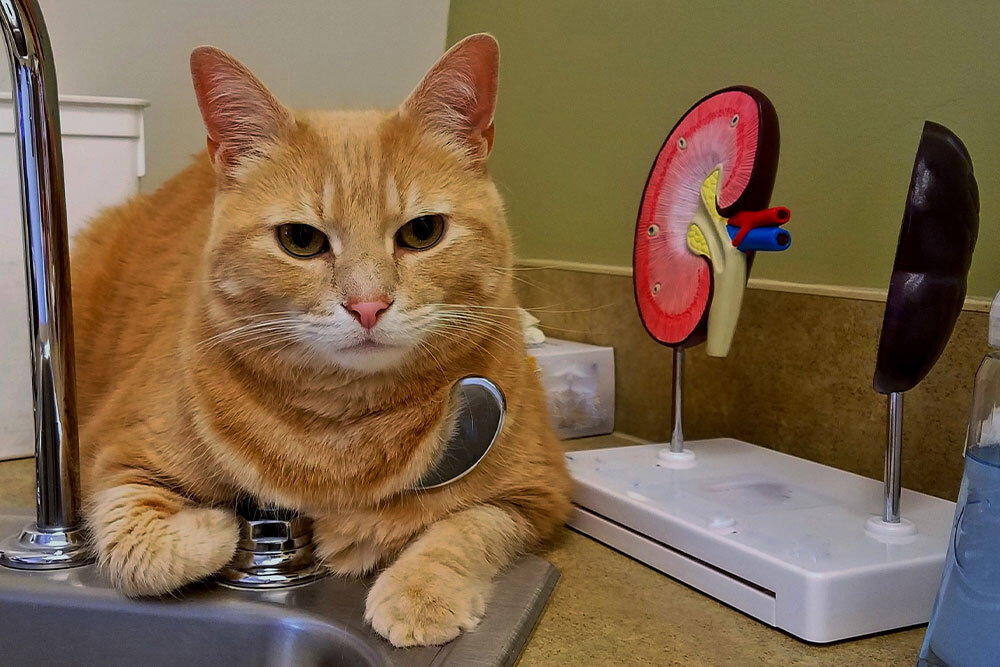
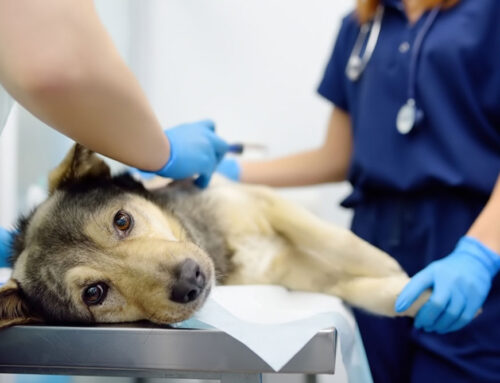
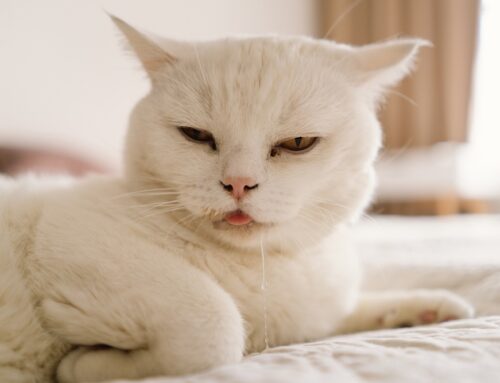
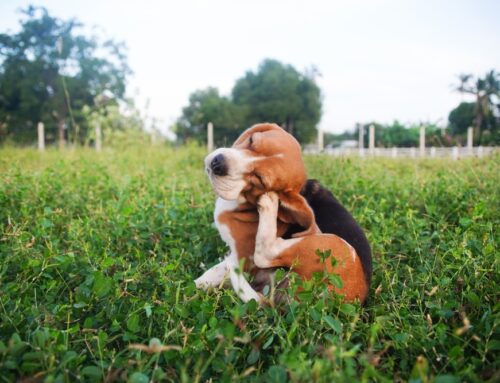
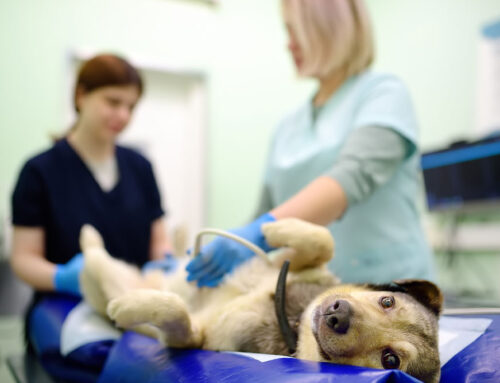
Leave A Comment